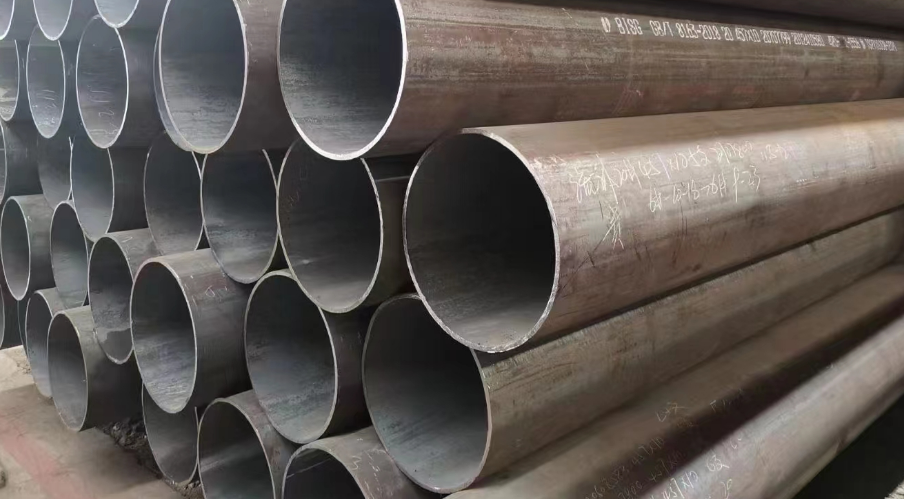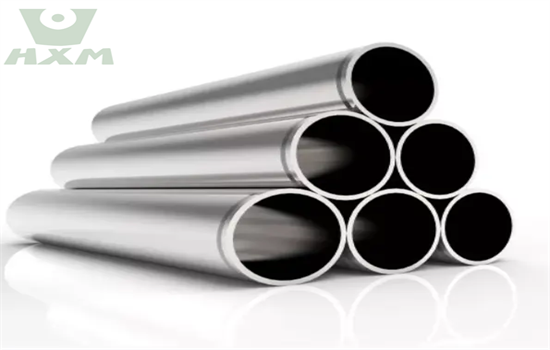Among the vast array of steel grades, 1215 steel, and 1045 steel stand out as two commonly used carbon steels with distinct characteristics and applications. While both are carbon steels, they differ significantly in many aspects. So, 1215 steel vs 1045 steel – What’s the difference? Let’s delve into the details of these two steel grades to understand their fundamental differences.

1215 Steel vs 1045 Steel – What’s the Difference?
1215 Steel vs 1045 Steel – 1. Chemical Composition
1215 steel, also known as free machining steel, is a low carbon steel with an added sulfur content that improves its machinability. It typically contains a carbon range of 0.10% to 0.15%, along with manganese (0.70% to 1.00%) and sulfur (0.26% to 0.35%). The sulfur content is what gives 1215 steel its excellent machinability, making it suitable for applications that require intricate machining and turning.
On the other hand, 1045 steel is a medium-carbon steel with a carbon content ranging from 0.42% to 0.50%. It also contains manganese (0.60% to 0.90%) and, typically, small amounts of phosphorus and sulfur. The higher carbon content in 1045 steel results in increased strength and hardness compared to 1215 steel.
1215 Steel vs 1045 Steel – 2. Mechanical Properties
Due to its low carbon content, 1215 steel exhibits excellent ductility and toughness. It can be easily formed and welded, but it lacks the strength and hardness of medium-carbon steels. As a result, 1215 steel is typically used in applications where good machinability and ease of forming are paramount, such as bolts, nuts, and other fasteners.
In contrast, 1045 steel offers a balance between strength and ductility. Its medium carbon content allows it to be heat-treated to achieve a range of hardness levels, making it suitable for various mechanical applications. 1045 steel can be hardened by quenching and tempering, resulting in improved wear resistance and fatigue strength. It is commonly used in applications such as axles, gears, and shafts that require durability and strength.
1215 Steel vs 1045 Steel – 3. Machinability
As mentioned earlier, 1215 steel’s machinability is its standout feature. The added sulfur content in its composition acts as a machining lubricant, reducing friction and tool wear during machining operations. This makes 1215 steel an ideal choice for parts that require intricate machining, such as bolts, screws, and other fasteners.
On the other hand, while 1045 steel is generally machinable, it does not possess the same level of machinability as 1215 steel. It requires more attention and care during machining to avoid tool wear and excessive heat generation.
1215 Steel vs 1045 Steel – 4. Heat Treatment
Both 1215 steel and 1045 steel can be heat-treated to improve their mechanical properties. However, the heat treatment process and the resulting properties differ.
1215 steel can be annealed to improve its ductility and machinability. Annealing involves heating the steel to a high temperature and then slowly cooling it, allowing the internal stresses to relax and the microstructure to refine.
In contrast, 1045 steel can be quenched in oil or water to achieve hardness levels ranging from Brinell 170 to 210. Quenching is followed by tempering to relieve internal stresses and improve the stability of the hardness. The resulting steel exhibits a balance of hardness, strength, and ductility, suitable for a wide range of applications.
1215 Steel vs 1045 Steel – 5. Applications
Due to its excellent machinability and ductility, 1215 steel is commonly used in applications that require intricate machining, such as bolts, nuts, screws, and other fasteners. It is also used in the automotive industry for parts that require good formability and welding properties.
On the other hand, 1045 steel’s balance of strength and ductility, coupled with its heat-treatability, makes it suitable for a wide range of mechanical applications. It is commonly used in the manufacturing of axles, gears, shafts, and other components that require durability and strength. It is also used in the agricultural, construction, and heavy-duty machinery industries.
Conclusion
In summary, 1215 steel and 1045 steel differ significantly in their chemical composition, mechanical properties, machinability, heat treatment requirements, and applications.
Thank you for reading our article, and we hope it can help you to have a better understanding of the differences between 1215 Steel vs 1045 Steel. If you are looking for 1215 Steel & 1045 Steel suppliers online now, please don’t hesitate to contact Huaxia Steel.
As a leading supplier of carbon steel products from Shanghai Chian, Huaxia Steel provides customers with high-quality carbon steel, tool steel, alloy steel, carbon steel tubes, and carbon steel pipes at a very competitive price.








